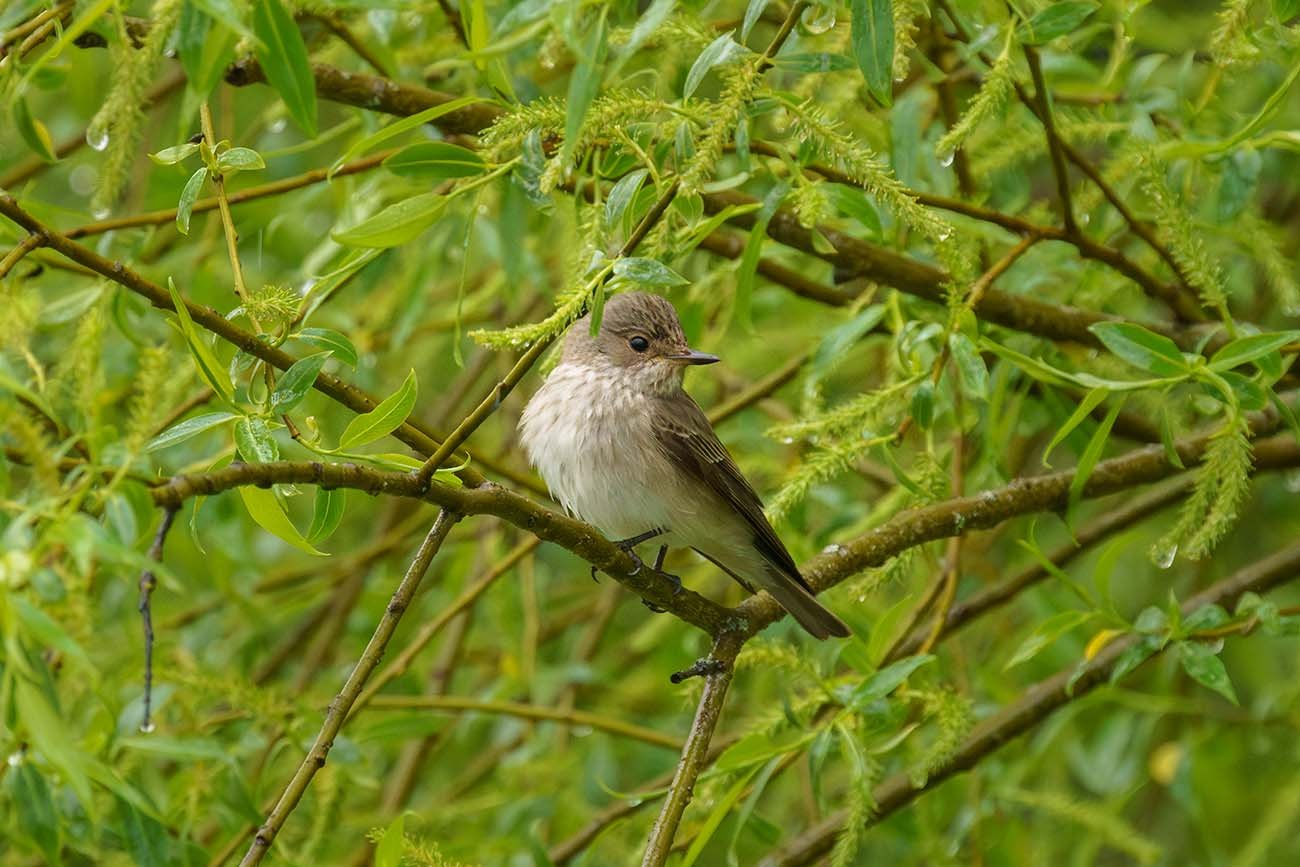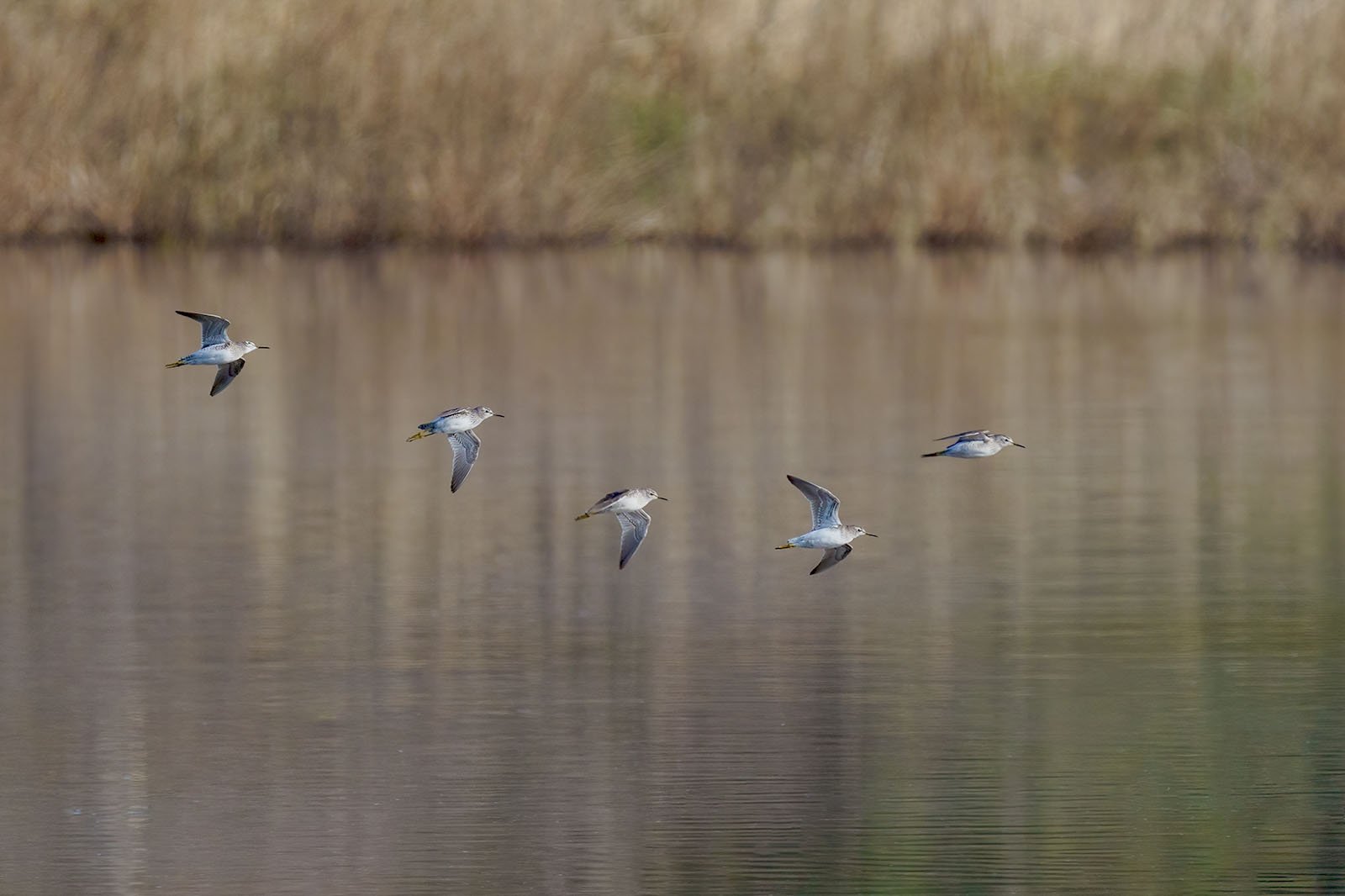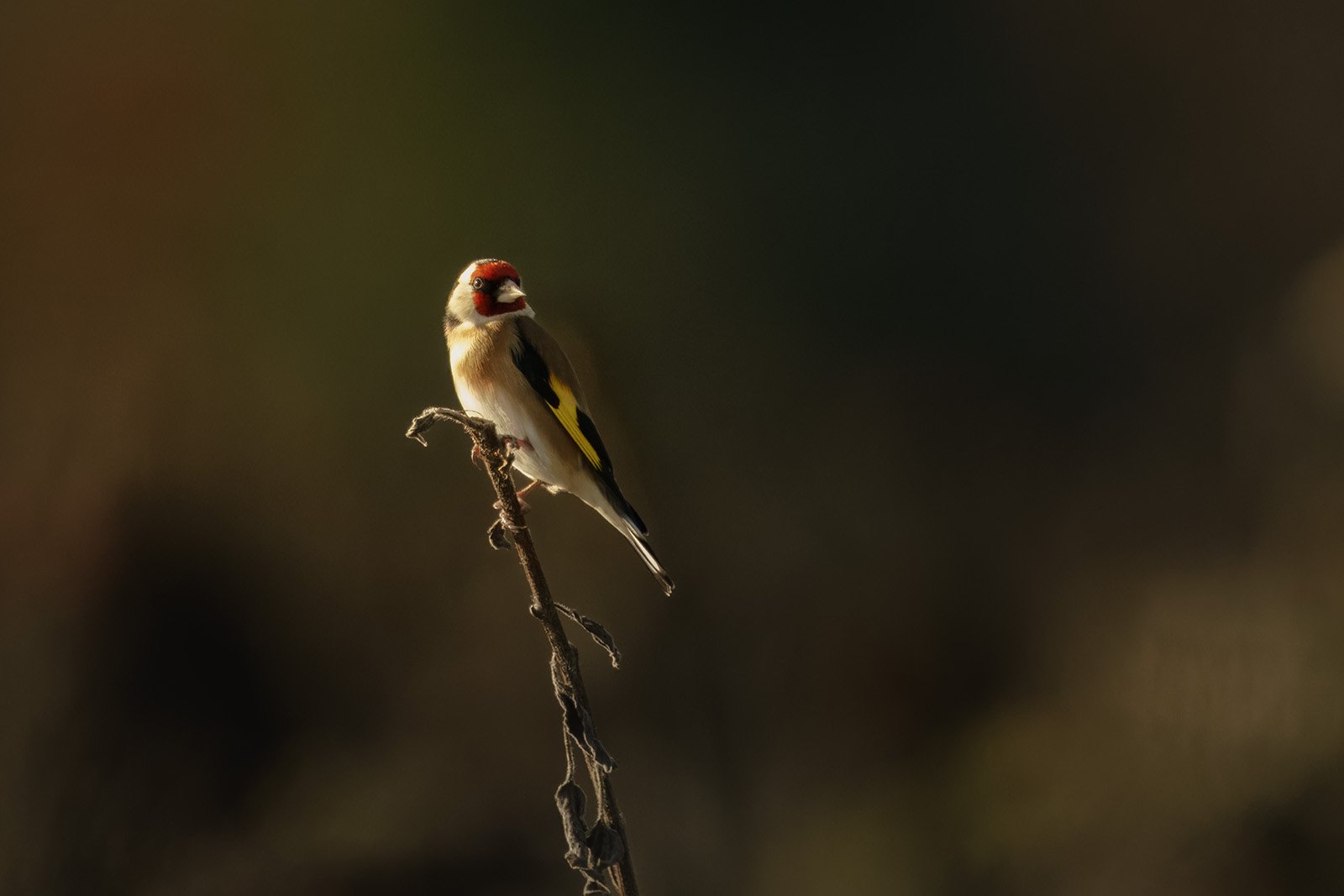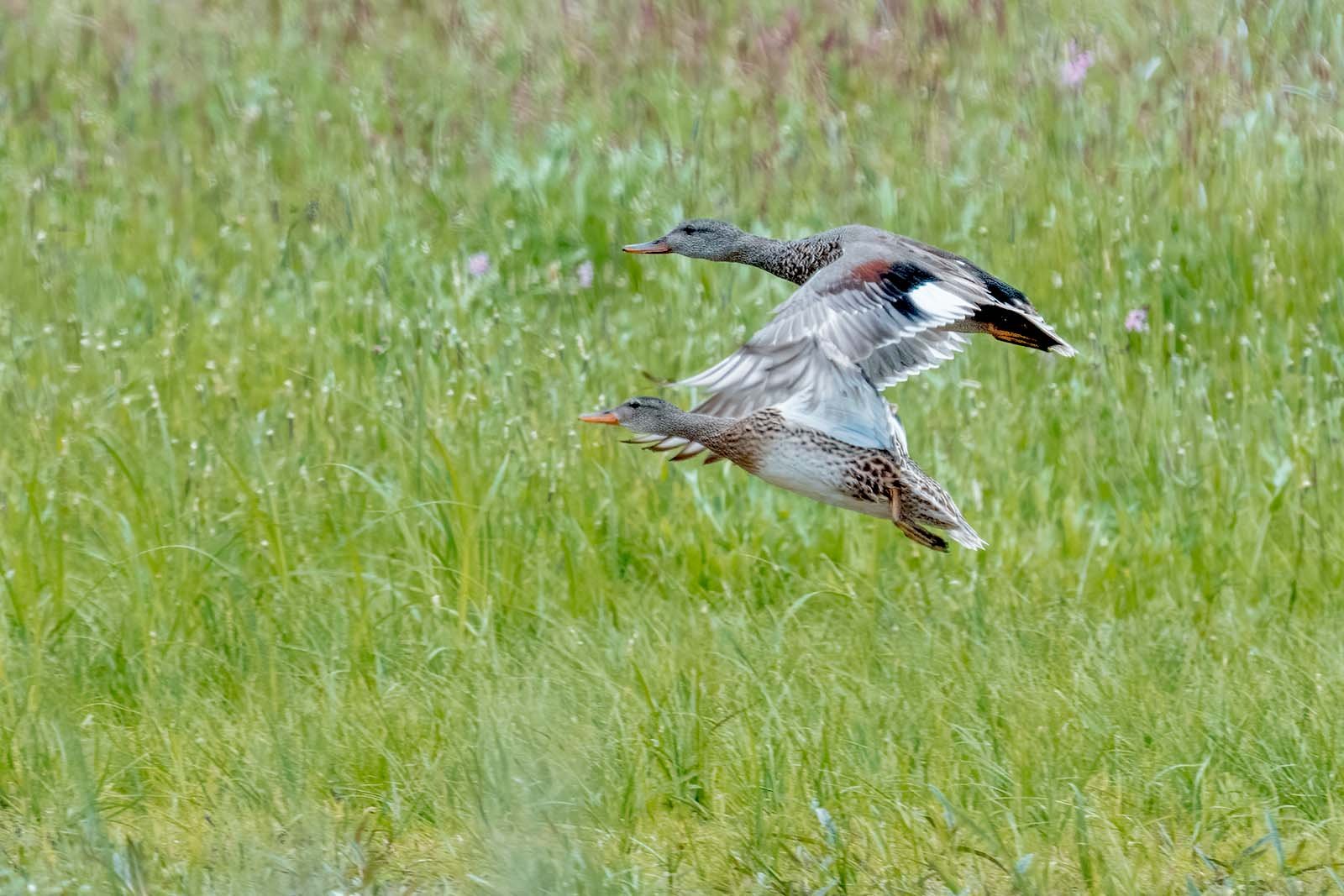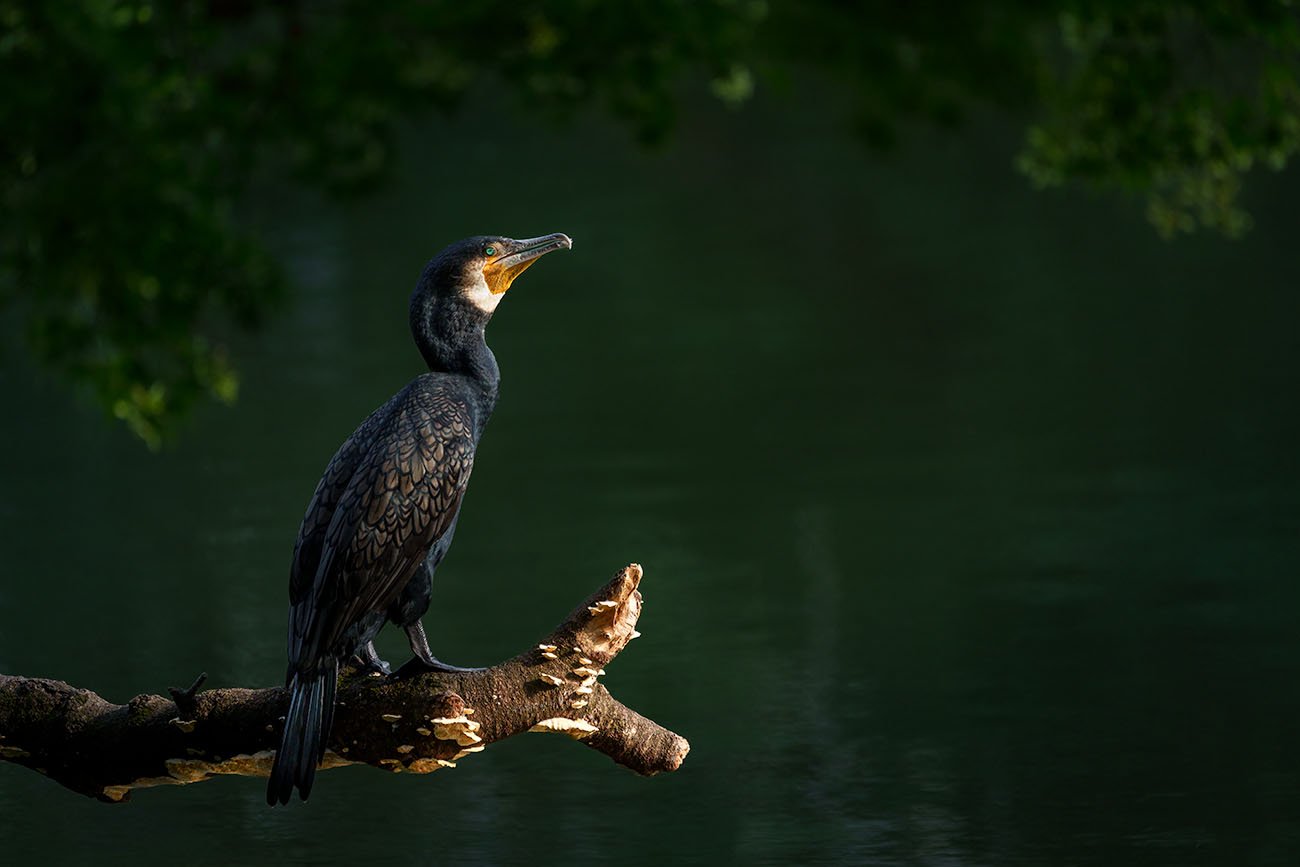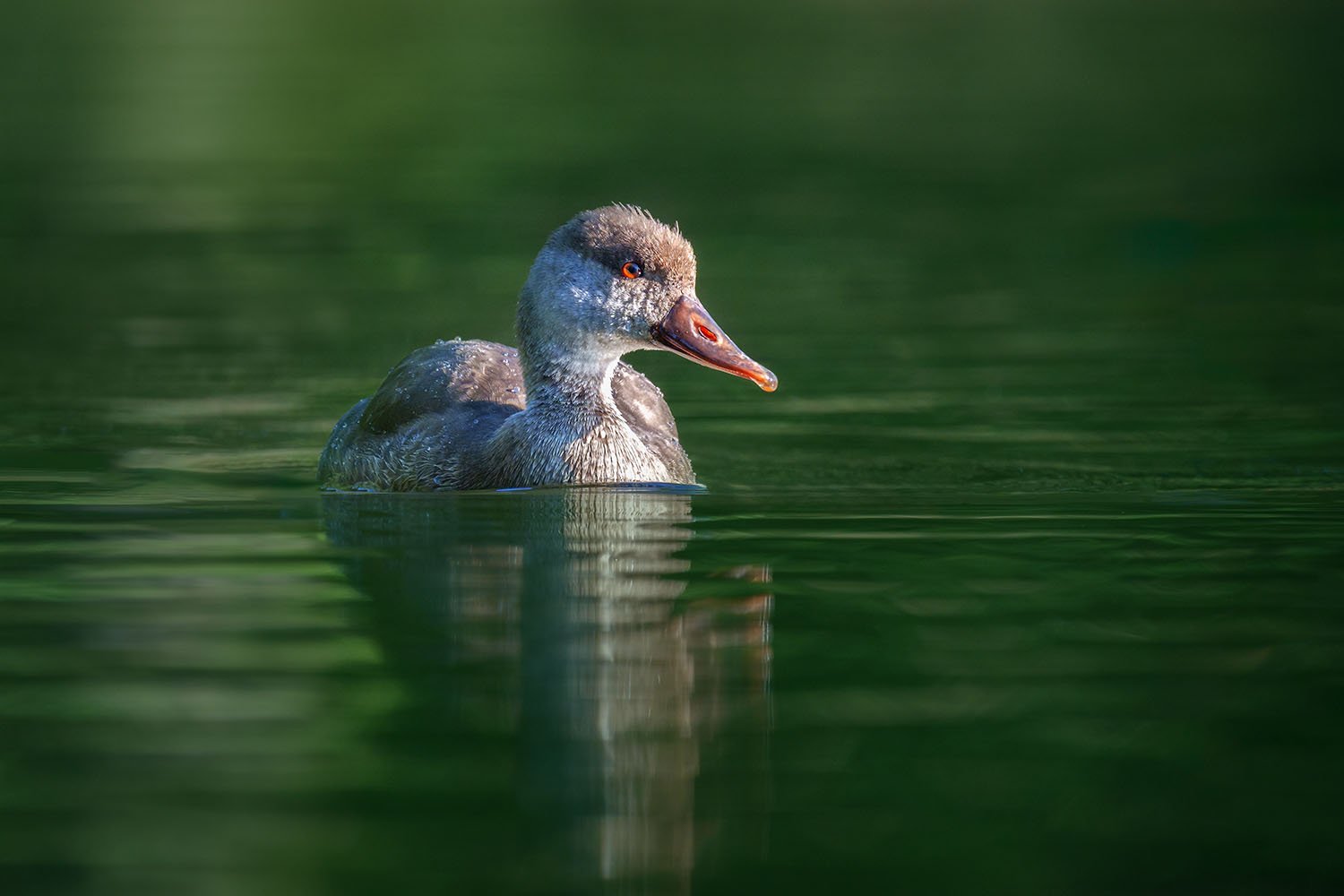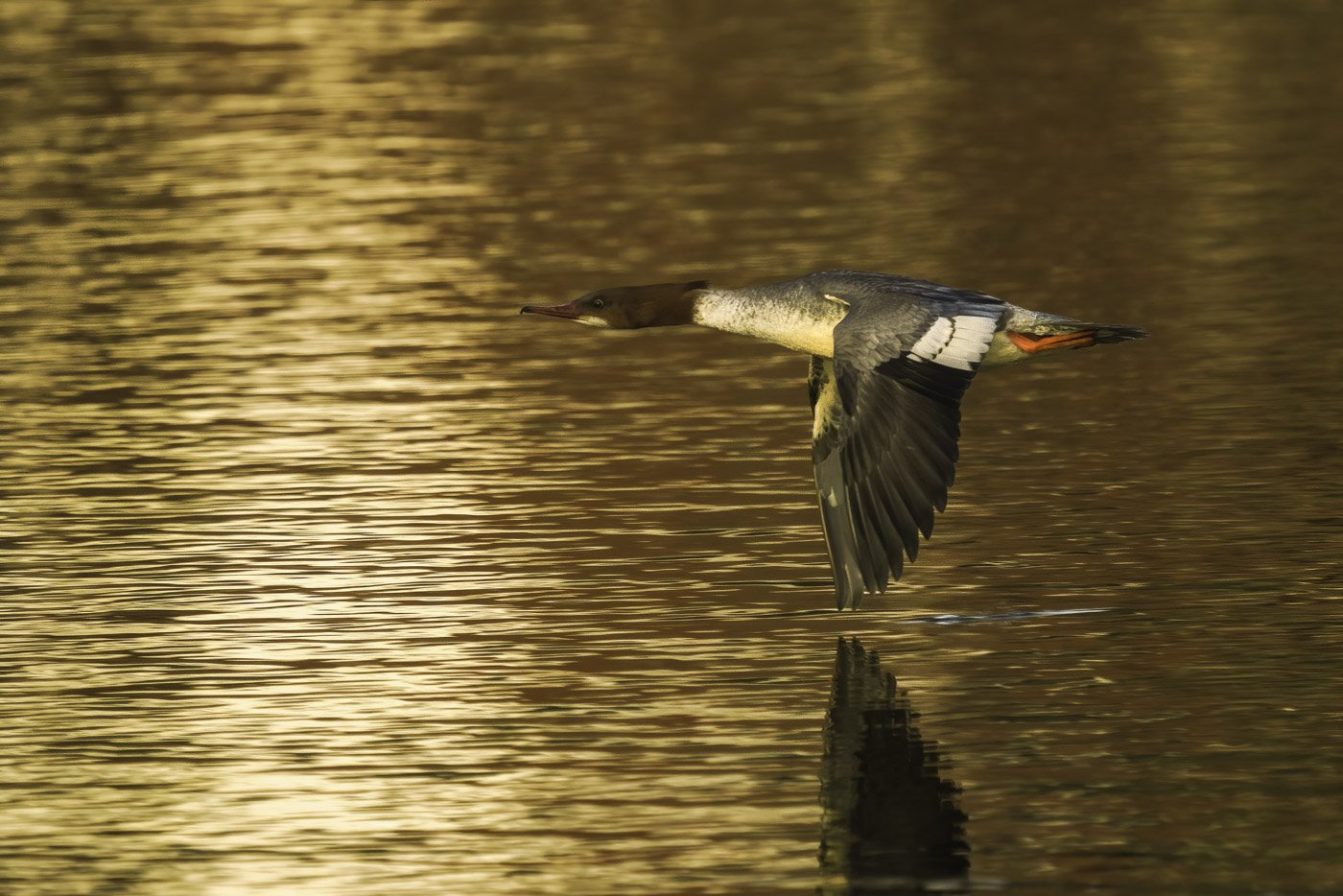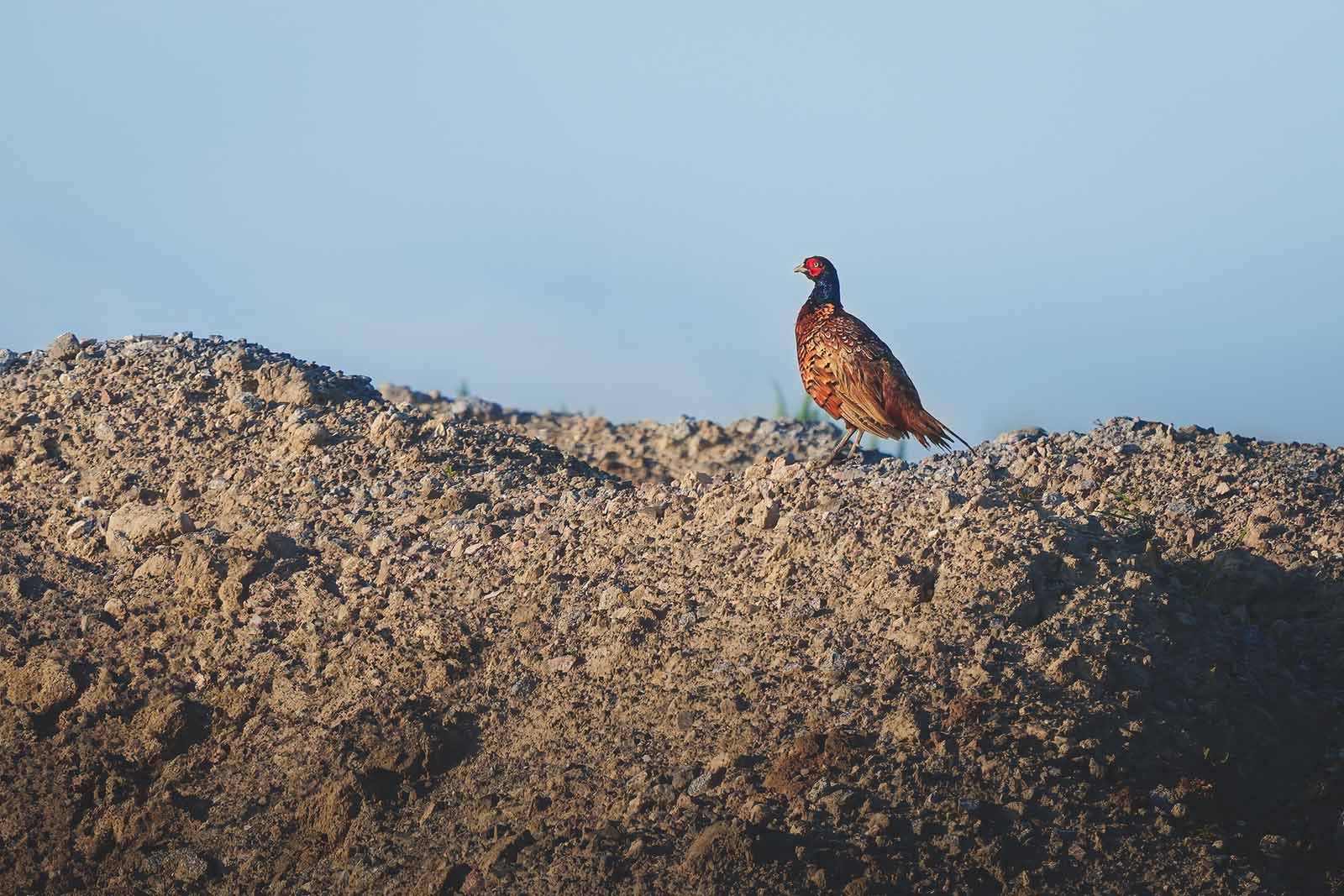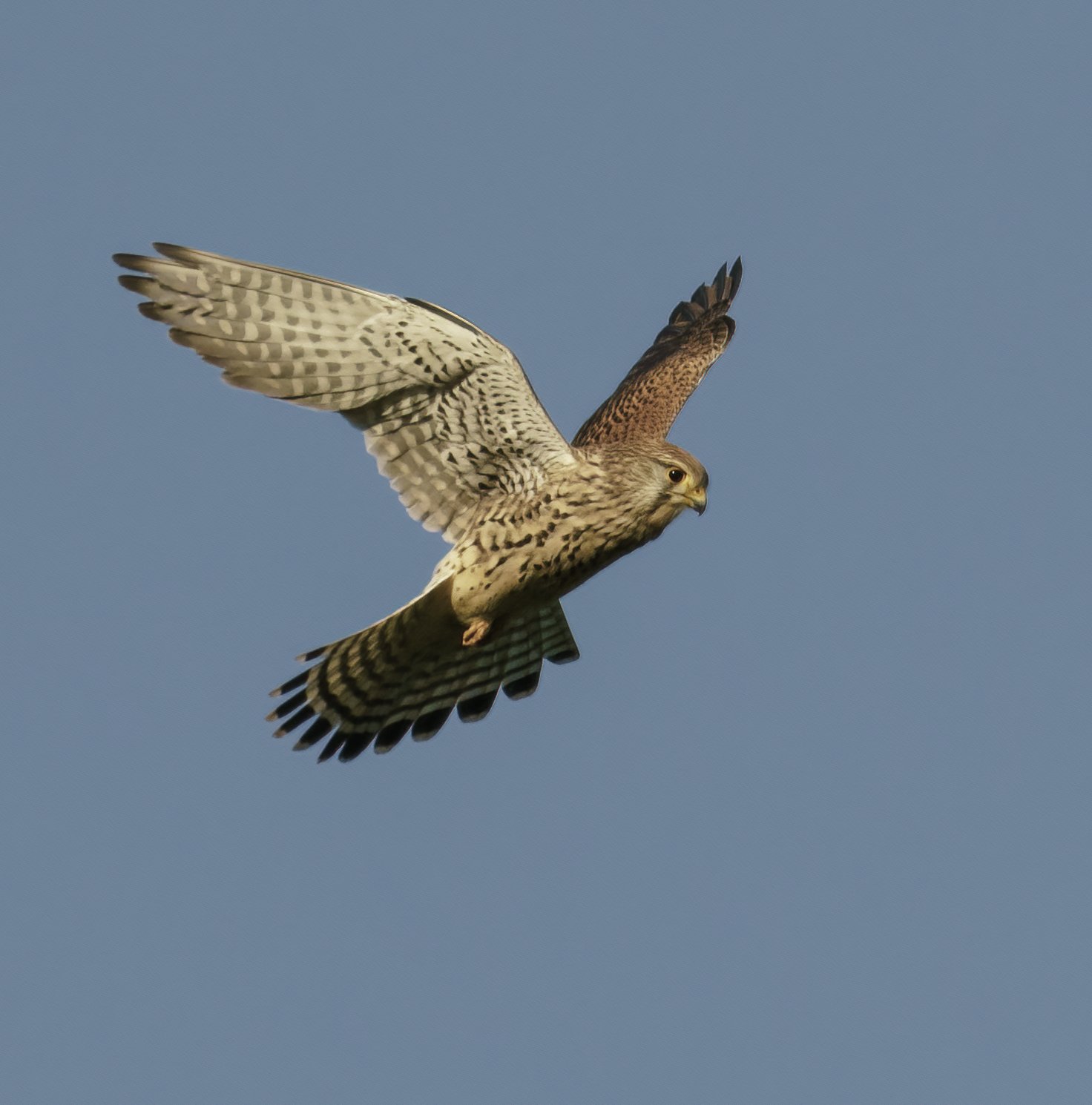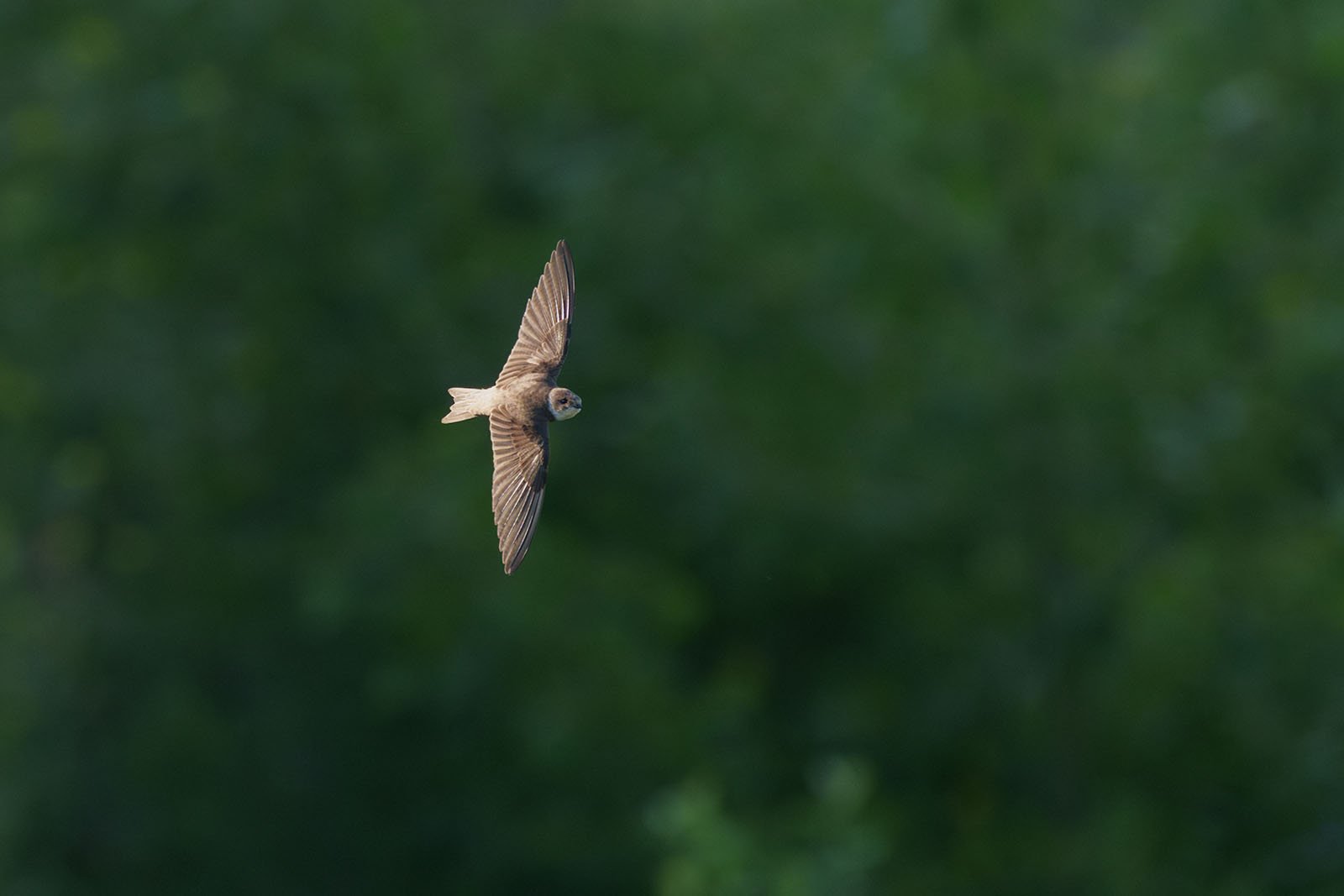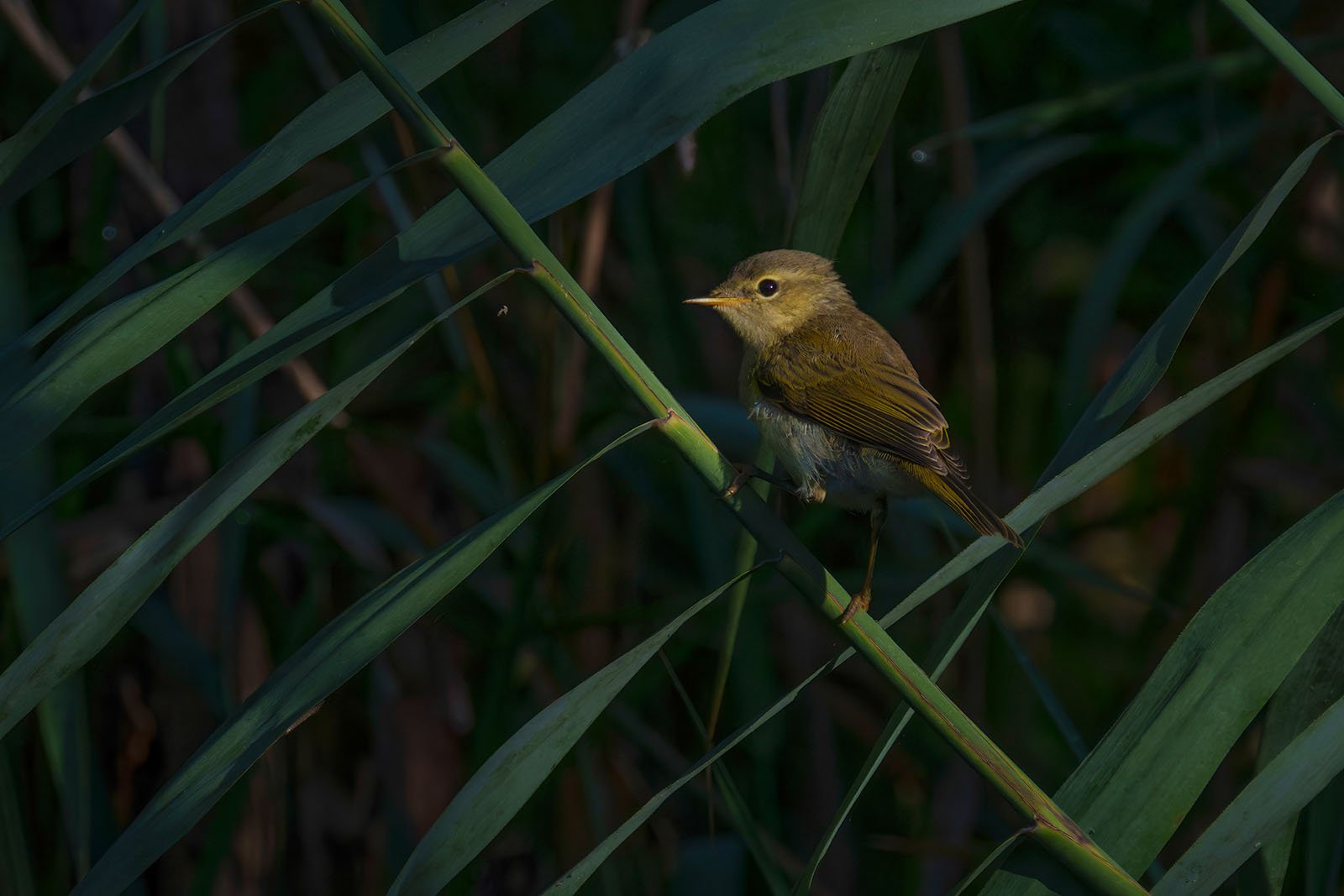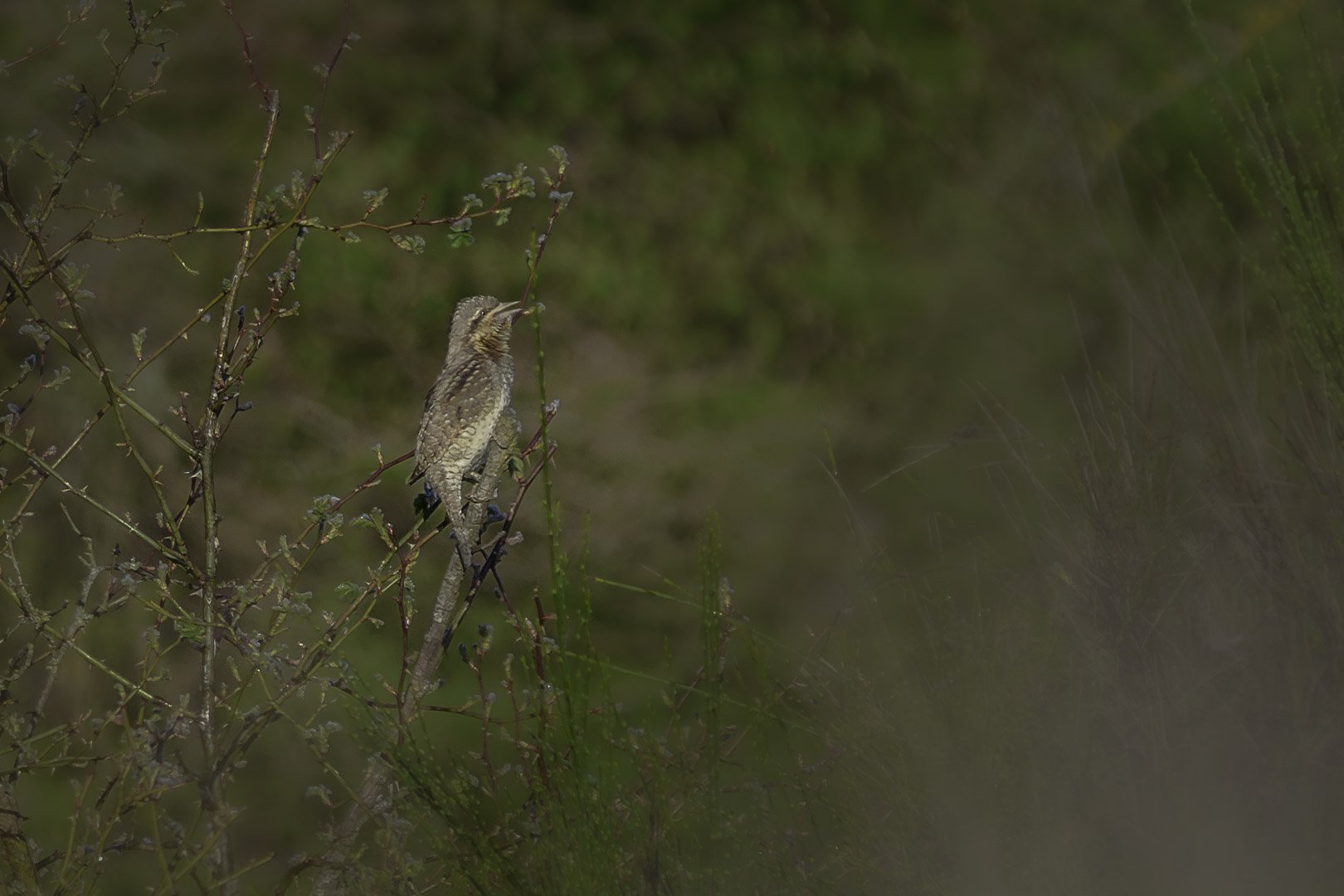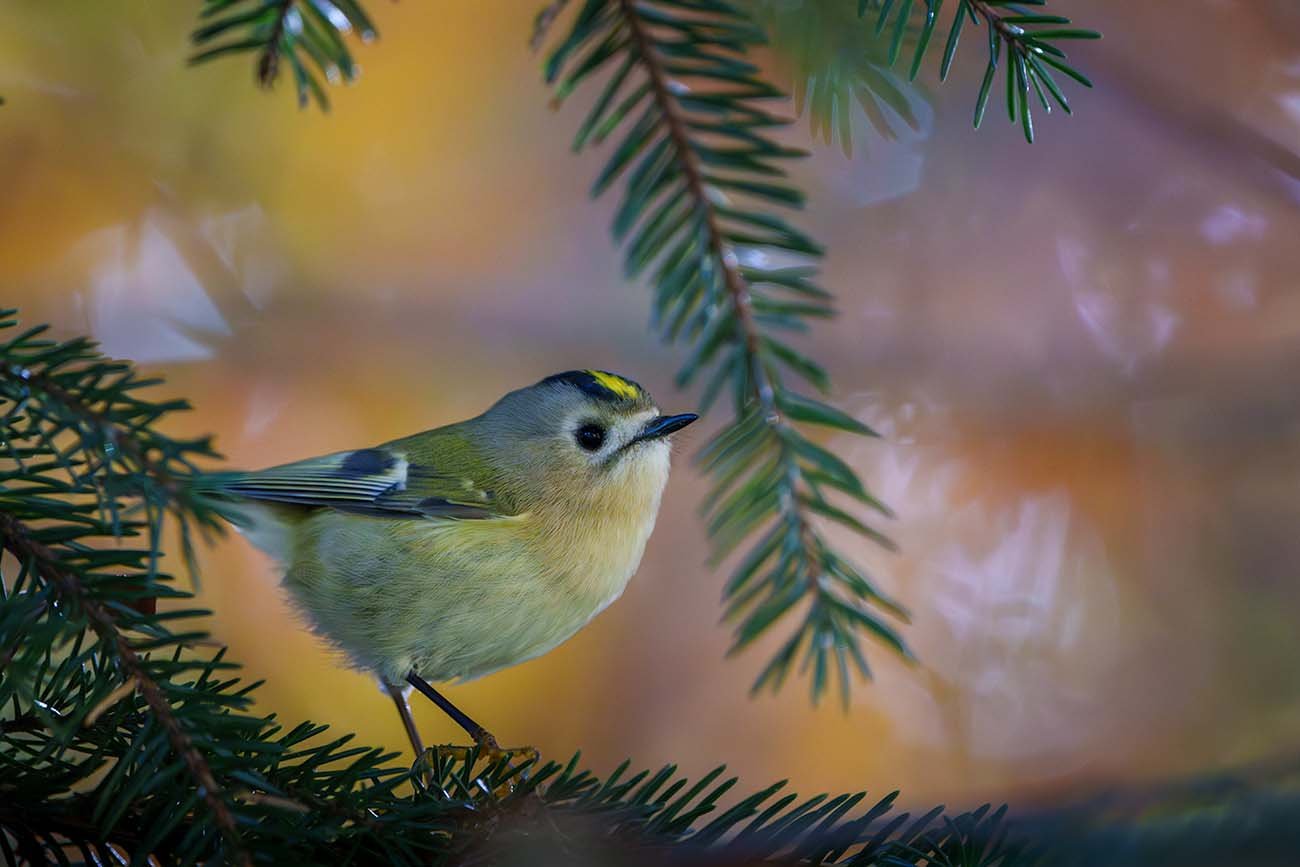Eurasian Bittern (Botaurus stellaris)
Eurasian bittern (Botaurus stellaris)
The Eurasian Bittern (Botaurus stellaris) – Master of Camouflage
Title: Eurasian Bittern – Habitat, Features, and Unique Skills
Meta Description: Learn all about the Eurasian Bittern (Botaurus stellaris): habitat, diet, breeding, and its exceptional camouflage. A fascinating wetland bird!
Table of Contents
- Key Facts: The Eurasian Bittern at a Glance
- Introduction: A Hidden Gem in the Reeds
- Appearance: Perfectly Built for Camouflage
- Habitat and Range: Where Does the Eurasian Bittern Live?
- Breeding: Raising Chicks in Hidden Nests
- Diet: What Does the Eurasian Bittern Eat?
- FAQ: Frequently Asked Questions
- Quick Facts – Color Features
Key Facts: The Eurasian Bittern at a Glance
- Size: 69–81 cm
- Weight: Up to 1.4 kg (3 lbs)
- Habitat: Reed beds, marshes, shallow waters with dense vegetation
- Range: Central Europe (rare breeding), Southern and Western Europe in winter
- Calls:
- Spring call: Deep, foghorn-like “Uwuump”
- Flight call: Rough “Krau,” like a fox barking
- Diet: Fish, frogs, amphibians, water insects, and sometimes mice
- Breeding: Nest built from reeds, 3–6 eggs, only the female cares for the eggs and chicks
Introduction: A Hidden Gem in the Reeds
The Eurasian Bittern is one of the most fascinating wetland birds in Europe. Known for its incredible camouflage, it blends seamlessly into its surroundings. Its loud and resonant "Uwuump" call, often heard from miles away, is a distinctive sound of its marshy habitats.
Appearance: Perfectly Built for Camouflage
The Eurasian Bittern is a large bird with a thick body and short but strong neck. Its plumage is a mix of brown and beige, streaked with dark stripes that resemble the pattern of reeds.
- Feathers:
- Back: Warm brown with dark vertical stripes
- Chest/Belly: Light beige with fine, striped patterns
- Beak: Long, straight, and pointed, yellowish with a dark tip
- Eyes: Large and yellow to amber in color, giving it a sharp, alert look
- Feet: Greenish-yellow, strong, with long toes for walking on muddy ground
When threatened, the Eurasian Bittern assumes a "freeze pose." It stretches its neck upward and aligns its body with the surrounding reeds, becoming nearly invisible.
Habitat and Range: Where Does the Eurasian Bittern Live?
The Eurasian Bittern thrives in quiet wetlands. It prefers areas with dense reed beds, marshes, and shallow waters.
- Habitat:
- Reed beds
- Marshlands
- Ponds and lakes with thick vegetation
- Range:
- Breeding: Rare in Central Europe
- Winter: Found in Southern and Western Europe
These habitats provide both protection and a rich source of food for the Bittern.
Breeding: Raising Chicks in Hidden Nests
The Eurasian Bittern breeds in spring. The female builds a stable nest from reeds, hidden just above the water to protect it from predators.
- Nest: Made of reeds and well-hidden in dense vegetation
- Eggs: 3–6 eggs per clutch
- Incubation: 25–28 days, done only by the female
- Chick care: The female feeds and raises the chicks until they are strong enough to leave the nest
The chicks grow quickly and are ready to leave the nest within a few weeks.
Diet: What Does the Eurasian Bittern Eat?
The Eurasian Bittern is a patient and stealthy hunter. Its diet includes:
- Fish
- Frogs
- Amphibians
- Water insects
- Occasionally mice or small birds
It moves silently through the reeds, waiting for the perfect moment to strike with its long, pointed beak.
FAQ: Frequently Asked Questions
1. Why is the Eurasian Bittern hard to spot?
Its streaked, brown-beige feathers and "freeze pose" help it blend perfectly into reeds.
2. Where does the Eurasian Bittern live?
It lives in reed beds, marshes, and wetlands across Europe, Asia, and North Africa.
3. What does the Eurasian Bittern sound like?
Its call is a deep, foghorn-like “Uwuump” in spring and a rough “Krau” during flight.
4. How big is the Eurasian Bittern?
It measures 69–81 cm in length and weighs up to 1.4 kg (3 lbs).
5. What does the Eurasian Bittern eat?
It feeds mainly on fish, frogs, and insects, but sometimes catches mice or small birds.
Quick Facts – Color Features
- Back: Brown with dark vertical stripes
- Chest/Belly: Light beige with fine stripes
- Wings: Darker with light banding visible in flight
- Beak: Yellowish with a dark tip
- Eyes: Yellow to amber
- Feet: Greenish-yellow, strong for walking in wetlands


